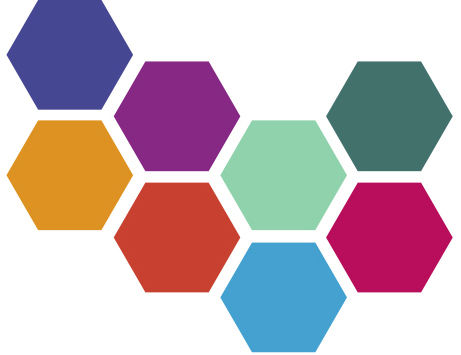Flag: Blue with a red cross outlined in white fimbration, extending to the edges of the flag. The colors are symbolic for three of the elements that make up the island: red is for the volcanic fires, white recalls the snow and glaciers, and blue is for the skies above.
Population: 329,100 (Jan 2015). An estimated 7% (23.000) of the population is of foreign-born nationality. Median age is 37,1 years.
Capital city: Reykjavík. The largest municipalities are Reykjavík* (121,800); Kópavogur* (33,200); Hafnarfjördur *(27,900); Akureyri (18,200); Reykjanesbær (14.900). * denotes cities in the capital region.
Size: 103,000 sq. km (40,000 sq. miles), bigger than Hungary and Portugal and a little bit smaller than Cuba.
Government: Iceland is a parliamentary constitutional republic. Suffrage is universal from 18 years of age. The president is elected by direct popular vote for a term of four years, with no term limit. Most executive power rests with the Government, which is elected separately from the presidential elections every four years. Althingi is a legislative body of 63 members elected for a term of four years by popular vote. Judicial power lies with the Supreme Court and the district courts.
Language: The official language of Iceland is Icelandic, a North Germanic language derived from Old Norse. It has changed relatively little throughout the centuries. English is widely spoken and understood.
Religion: Most Icelanders (80%) are members of the Lutheran State Church. Another 5% are registered in other Christian denominations, including the Free Church of Iceland and the Roman Catholic Church. Almost 5% of people practice ásatrú, the traditional Norse religion.
Economy: GDP = $14,5 billion. Unemployment rate: 5%.
Currency: The Icelandic monetary unit is the króna (plural krónur) – ISK.
Time: Iceland is on Greenwich Mean Time (GMT) throughout the year, and does not go on daylight saving time.
Source : Iceland.is
